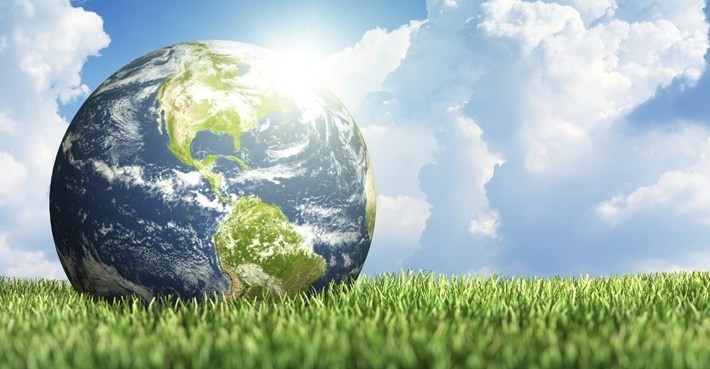IEA published the World Energy Outlook 2018 (WEO 2018), which includes global energy trends and their possible impacts on supply and demand, carbon emissions, air pollution, and energy access.
According to IEA, major transformations are happening for the global energy sector, from growing electrification to the expansion of renewables, upheavals in oil production and globalization of natural gas markets.
[smlsubform prepend=”GET THE SAFETY4SEA IN YOUR INBOX!” showname=false emailtxt=”” emailholder=”Enter your email address” showsubmit=true submittxt=”Submit” jsthanks=false thankyou=”Thank you for subscribing to our mailing list”]
WEO 2018 concluded that there are mixed signals regarding the pace and direction of change. Namely, oil markets are entering a period of renewed uncertainty and volatility.
Moreover, demand for natural gas is increasing, while Solar PV is charging ahead, but other low-carbon technologies and especially efficiency policies still need a big push.
With today’s policies, WEO’s New Policies Scenario says that energy demand will rise by more than 25% to 2040, requiring more than $2 trillion a year of investment in new energy supply.
What is more, oil consumption will also grow. In order to meet this growth in the near term, approvals of conventional oil projects are required to double from their current low levels.
In addition, renewables will account for about two-thirds of global capacity additions to 2040, due to decreasing costs and supportive government policies. This will change the global power mix, as the share of renewables in generation is expected to rise over 40% by 2040, from 25% that it is today. This will happen despite the fact that coal remains the largest source and gas the second-largest.
This development will not come without any changes. Major environmental benefits, as well as a new set of challenges will emerge, that policy makers need to address quickly. In fact, power systems will need to make future electricity markets very flexible.
Furthermore, WEO 2018 examines the affect of higher electrification in transportation, buildings and industry. The analysis finds that increased electrification will cause a peak in oil demand by 2030, and reduce harmful local air pollutant. However, it will not have a significant impact on carbon emissions without stronger efforts to increase the share of renewables and low-carbon sources of power.
Continuing, the report also provides a way to meet various climate, air quality and universal access goals. Specifically, in this scenario, global energy-related CO2 emissions should peak around 2020 and then enter a steep and continuous decline, fully in line with the Paris Agreement goals.
Dr Fatih Birol, the IEA’s Executive Director, said about these findings:
If the world is serious about meeting its climate targets then, as of today, there needs to be a systematic preference for investment in sustainable energy technologies. But we also need to be much smarter about the way that we use our existing energy system.
You may see more information on the World Energy Outlook 2018.






























































